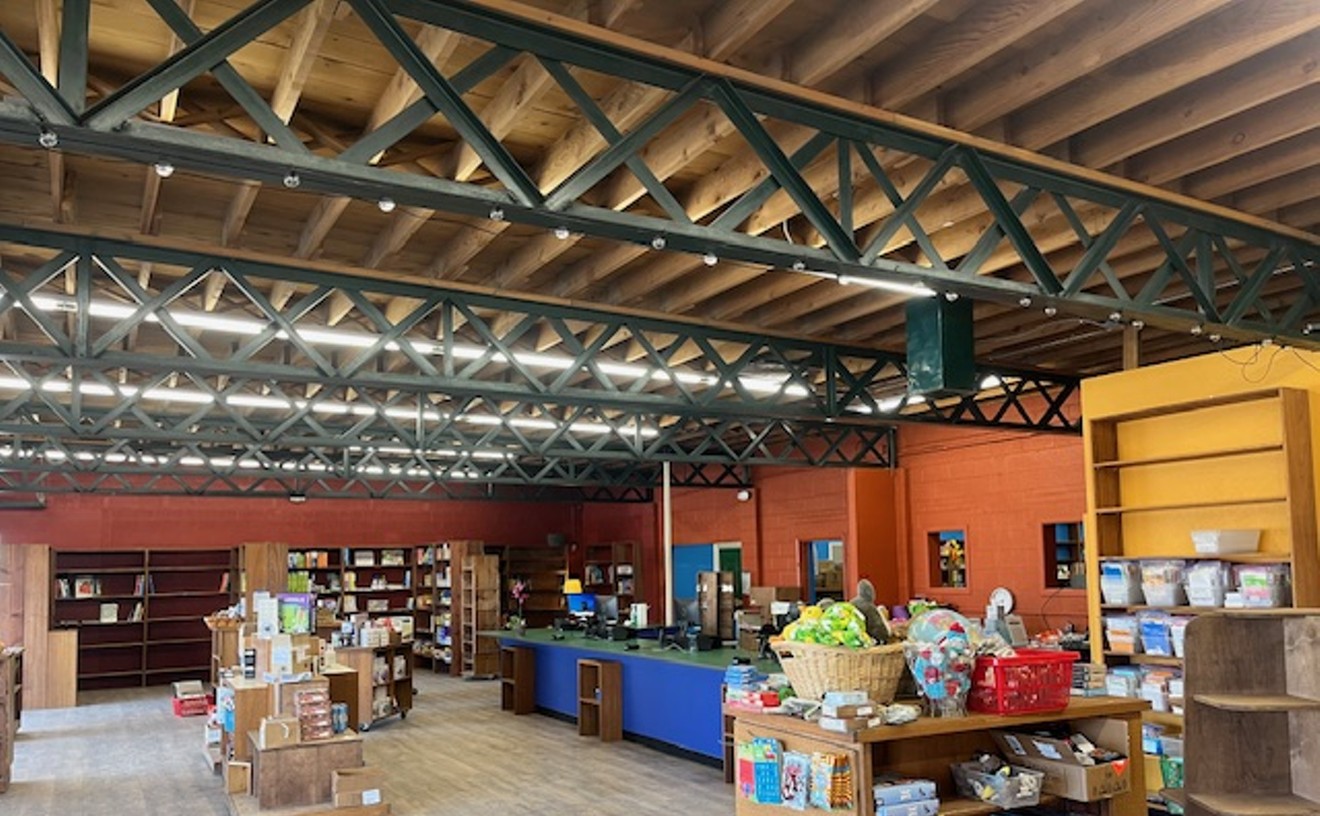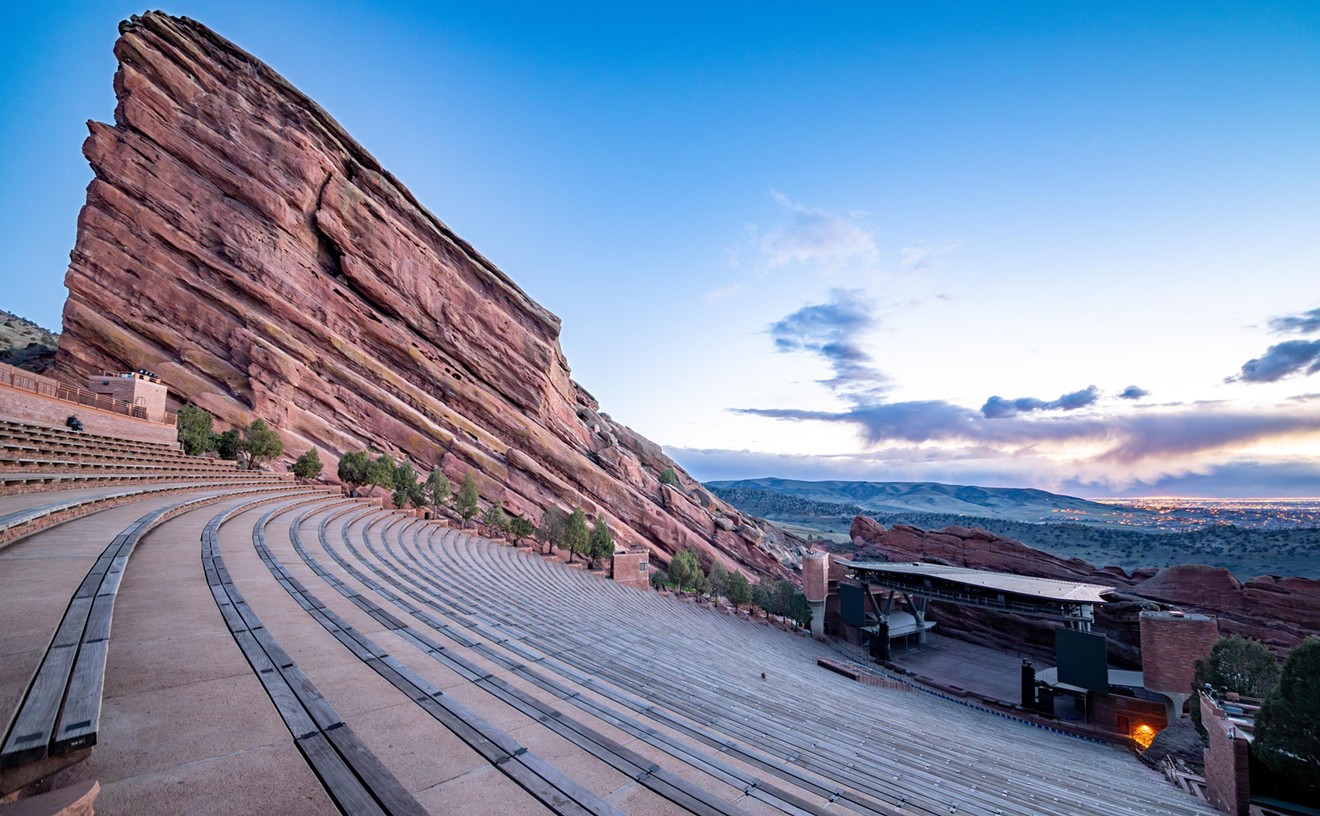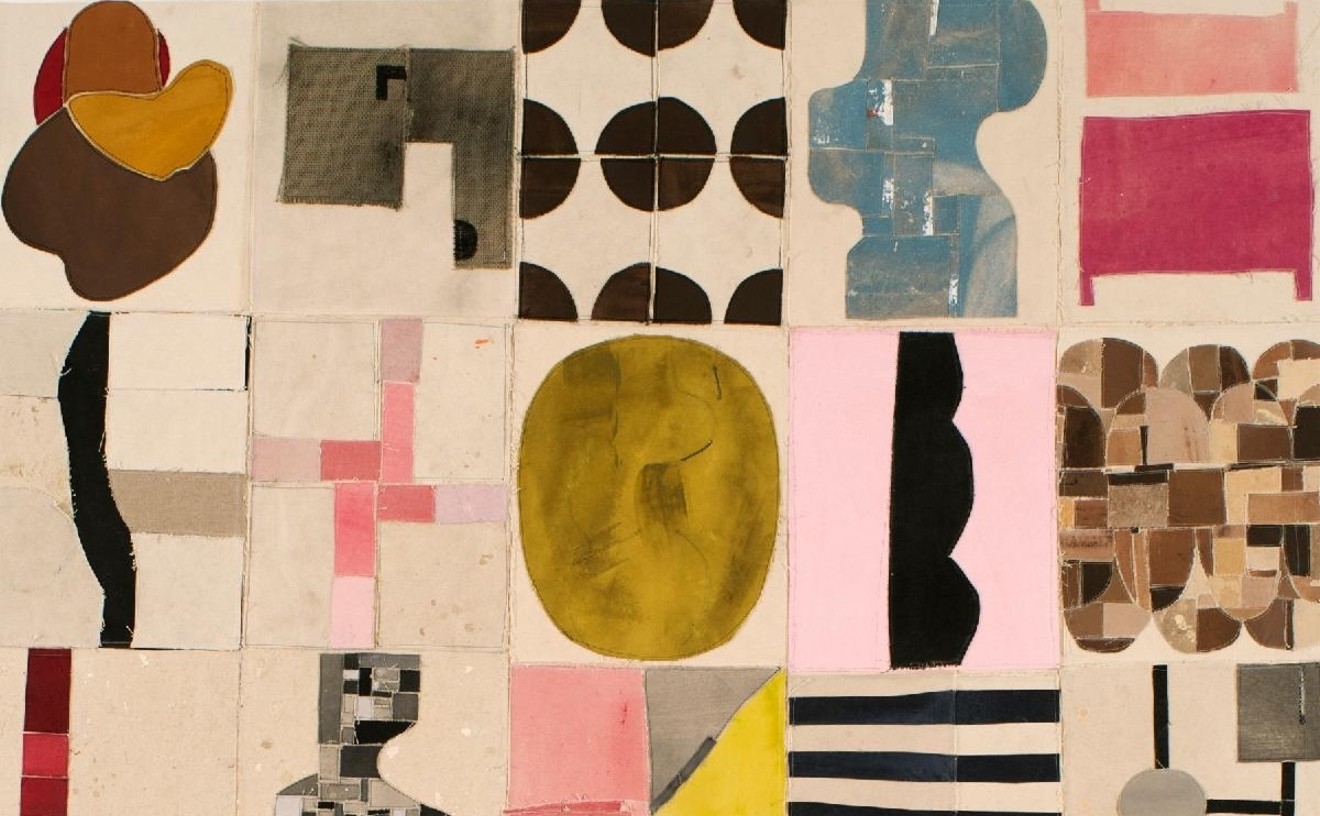“Start at the bottom of the ballot.” Those were the final words of wisdom from Deborah Jordy, executive director of the Colorado Business Committee for the Arts, at the October 4 breakfast meeting designed to chew over the results of the CBCA’s latest “Economic Activity Study of Metro Denver Culture.” The study, and the speakers who came up on stage to discuss various aspects of the exhaustive project, had plenty of good news to share about the state of the arts in metro Denver — a pretty picture largely made possible by the Scientific and Cultural Facilities District, the one-penny-on-every-ten-dollars tax approved by voters in 1988.
Back then, Denver had busted so badly, it couldn’t go any lower. Still, residents of the six metro counties were willing to invest in the arts. And those pennies added up to a lot more than peanuts. Last year, the SCFD collected and distributed nearly $55 million to close to 300 arts organizations in metro Denver.
Now the SCFD is up for renewal, and the November election lineup in the seven metro counties that collect the tax today — Denver, Boulder, Arapahoe, Douglas, Adams, Jefferson and Broomfield, which didn’t e xist when the SCFD was created — will all include that measure near the bottom of their ballots. Which is where most voters might want to start, before they get overwhelmed by less artful issues.
The packed meeting was held in the Seawell Ballroom, a facility that didn’t exist when the SCFD was first passed, though the Denver Center for the Performing Arts has certainly collected its share of those tax funds over the years. Before the program started, the 500-plus attendees could gaze out the big back windows to the mountains, looking past the expanded Auraria campus, including the University of Colorado Denver, where the College of Arts & Media — which already has five full-time music-business professors — just added a creative-industries professor. (He’s coming from Dallas, but he’ll learn.)
“What’s happening in the arts is amazing,” said Jordy in a definite understatement. When she travels the country, people are in awe of the SCFD — the only such cultural tax in the country. And according to Jordy, there’s one other thing they consistently mention (no, not legalized pot). “That governor of yours,” she pronounced, before introducing that governor of ours.
John Hickenlooper built the foundation of his political career on beer and boards — nonprofits that the geologist-turned-brewmeister could supply with beer while he became more involved with various aspects of the metro community.
The first board he ever chaired, Hickenlooper told the crowd, was the CBCA — before he was mayor, before he was governor, before the CBCA marked its thirtieth anniversary last year. And his involvement in the arts has paid off. “There are reasons Colorado is doing so well,” Hickenlooper said, and one of the primary ones is that the arts are doing well. Then he ticked off the evidence: The Denver Performing Arts Complex is tops in the country in attendance. The Denver Museum of Nature & Science has 75,000 paid members — the highest of any museum in the country. Colorado hosts more than thirty film festivals a year. Red Rocks, which had about thirty concerts annually when Hickenlooper was mayor, now has 130. Denver has more live-music venues than Austin and Nashville. (We know this is true, because we fact-checked it the last time Hickenlooper dropped that stat at a CBCA event.) And according to a recent National Endowment for the Arts study, not only is metro Denver in the top ranks of this country’s cities for support and appreciation of the arts, but we’re number one for people who pursue their own creative endeavors.
“We have taken the seed of the SCFD and created something that has attracted all these millennials,” Hickenlooper said, noting that Denver has ranked as one of the top destinations for that desirable demographic group for the past decade — and frequently is the most popular.
“Arts is a strong partner of economic development,” Hickenlooper continues. When businesses like DaVita and Arrow Electronics were considering moving their corporate headquarters, Denver’s art scene played a major role in winning the companies. For Arrow’s Mike Long, for example, “the key factor was the critical mass of creative energy,” Hickenlooper reported.
As the program continued, speakers continued to name-check arts organizations large and small: Cleo Parker Robinson, Lighthouse Writers Workshop, Su Teatro (despite its objections to how SCFD funds are awarded — and that's an issue worth revisiting). And the numbers kept flowing.
According to the CBCA study — which has been conducted since 1992 and is based on self-reported data from more than 250 cultural organizations that keep careful track, because attendance affects SCFD funding — metro Denver’s total arts economic activity was $1.8 billion in 2015, with an economic impact of $512.8 million. The cultural industry accounts for 10,731 jobs. Respondents report they enjoyed over four and a half art experiences during 2015, and total attendance at art and cultural institutions was 13.9 million (which was down from the numbers of two years ago, but still ranks as one of the top turn-outs in the country). And the almost $55 million in SCFD funding was just the start of the money that went to the arts, out of a total of $176.4 million given.
No matter the outcome of the next election, the arts scene has already made this city a winner.
[
{
"name": "Air - MediumRectangle - Inline Content - Mobile Display Size",
"component": "12017618",
"insertPoint": "2",
"requiredCountToDisplay": "2"
},{
"name": "Editor Picks",
"component": "17242653",
"insertPoint": "4",
"requiredCountToDisplay": "1"
},{
"name": "Inline Links",
"component": "18838239",
"insertPoint": "8th",
"startingPoint": 8,
"requiredCountToDisplay": "7",
"maxInsertions": 25
},{
"name": "Air - MediumRectangle - Combo - Inline Content",
"component": "17261320",
"insertPoint": "8th",
"startingPoint": 8,
"requiredCountToDisplay": "7",
"maxInsertions": 25
},{
"name": "Inline Links",
"component": "18838239",
"insertPoint": "8th",
"startingPoint": 12,
"requiredCountToDisplay": "11",
"maxInsertions": 25
},{
"name": "Air - Leaderboard Tower - Combo - Inline Content",
"component": "17261321",
"insertPoint": "8th",
"startingPoint": 12,
"requiredCountToDisplay": "11",
"maxInsertions": 25
}
]











